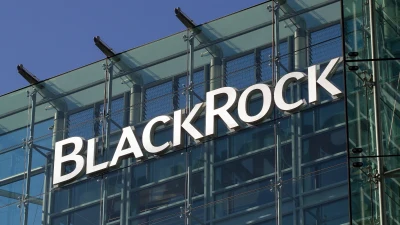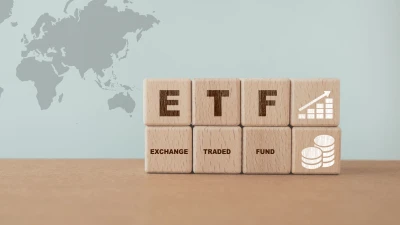ETFs flows lower in 2016



Worldwide mutual fund and exchange traded product (ETP) asset flows were lower in 2016, with a drop to US$728 billion from US$1 trillion in 2015, signalling a slowing demand for global markets, according to Morningstar’s report.
At the same time, new asset flows in the US fund industry saw an increase to US$288 billion in 2016 from US$260 billion a year earlier and outside the US, flows were distributed among cross-border funds which were available in multiple markets, Asia and Europe.
Also, the pattern of flows by category group significantly differed in 2016, with the fixed income and money markets receiving the largest flows of US$412 billion and US$196 billion, respectively.
According to Morningstar’s survey, Vanguard continued to dominate the asset management industry in terms of the net inflows with US$317 billion, and was followed by BlackRock/iShares with net inflows of US$154 billion.
Also, the firms tended to expand their product lines to include exchange-traded products while, at the same time, those focused on traditional active management suffered, including Franklin Templeton which saw an outflow of US$72 billion last year.
The US market managed to attract around US$492 billion to index funds while active funds saw US$204 billion of outflows. However, the performance of active funds was superior compared to their passive counterparts in Asia, cross-border and Europe regions.
In terms of the differences between passive and active flows, the fixed income category saw the smallest discrepancies with the largest observed in the equity category group, where approximately US$390 billion were going into index funds and US$423 billion flowed out of active funds.
Also, the report proved that ETP assets continued to grow and reached US$3.6 trillion globally at the end of 2016, signalling investors’ growing sensitivity to fees.
Morningstar’s senior markets analyst, Alina Lamy, said: “2016 was a year of modest growth around the world, with heightened uncertainty due in part to extraordinary political events”.
“Investors are reacting to this turbulent environment by going back to the basics, looking for less risky assets, positioning their portfolios in expectation of rising interest rates, or selling off equities after a significant run-up.”
Recommended for you
BlackRock Australia plans to launch a Bitcoin ETF later this month, wrapping the firm’s US-listed version which is US$85 billion in size.
Financial advisers have expressed concern about the impact including private market exposure is having on their tracking error budget, according to MSCI.
State Street will restrict its membership of global climate alliance Net Zero Asset Managers after the organisation dropped its flagship 2050 goals amid ESG backlash from the US.
Betashares has launched a global shares and a global infrastructure ETF as part of the firm’s strategic expansion strategy to support financial advisers in building more diversified portfolios.












